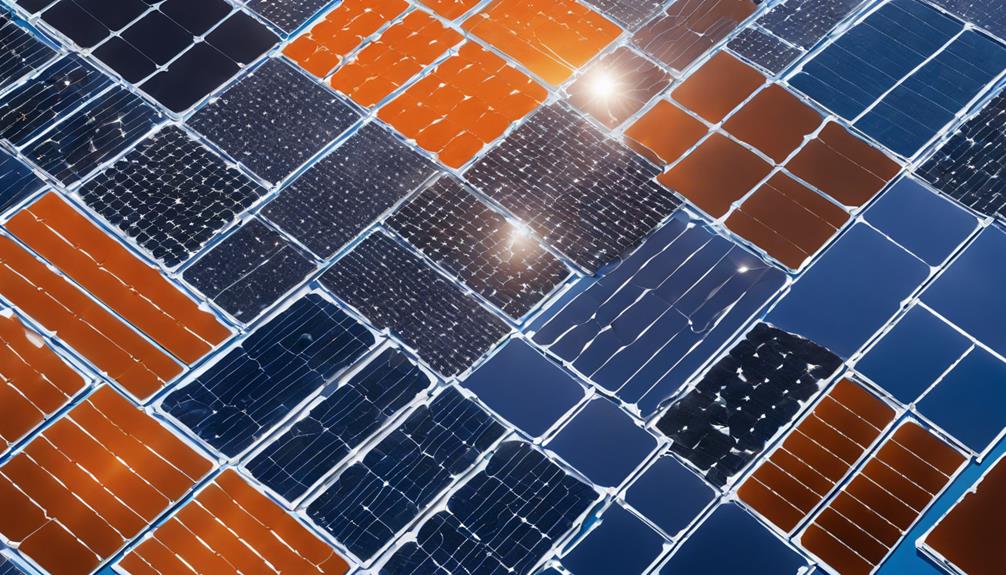
In recent years, the integration of solar cells on grids has revolutionized the energy landscape. By harnessing the sun’s power, solar cells can significantly reduce reliance on fossil fuels and promote sustainable energy solutions. This blog post will explore the ins and outs of solar cells on the grid, their benefits, challenges, and future prospects.
Understanding Solar Cells on the Grid
Solar cells, also known as photovoltaic (PV) cells, convert sunlight directly into electricity. When these cells are integrated into the grid, they form a vital part of the energy supply system. In a grid-connected solar power system, energy produced by solar panels can be used immediately or fed into the grid, providing power to homes and businesses. This dual functionality enhances energy efficiency and maximizes the utility of solar technology.
The Benefits of Integrating Solar Cells on the Grid
The incorporation of solar cells into the grid offers a myriad of benefits. Firstly, it promotes the use of renewable energy, thus reducing carbon emissions and combating climate change. Secondly, solar cells on the grid can lead to lower electricity costs for consumers, as they can generate their own electricity and sell excess power back to the grid. Additionally, solar energy can contribute to energy independence, reducing reliance on imported fossil fuels and enhancing energy security.
How Solar Cells on the Grid Work
Solar cells on the grid operate through a straightforward process. When sunlight hits the solar panels, it excites electrons in the cells, generating direct current (DC) electricity. This electricity is then converted to alternating current (AC) by an inverter, making it suitable for use in homes and businesses. Any surplus electricity can be fed back into the grid, often credited against future energy use through net metering systems. This seamless integration ensures that energy is utilized efficiently, contributing to overall grid stability.
Challenges of Solar Cells on the Grid
Despite the numerous advantages, integrating solar cells on the grid does present certain challenges. One major concern is intermittency; solar energy production is dependent on weather conditions and time of day. This variability can lead to fluctuations in energy supply, which must be managed to maintain grid stability. Additionally, the initial costs of solar panel installation can be a barrier for many consumers, despite the long-term savings. Infrastructure upgrades may also be necessary to accommodate increased solar energy production, particularly in areas with high penetration of solar technology.
The Role of Government Policies in Promoting Solar Cells on the Grid
Government policies play a pivotal role in promoting the adoption of solar cells on the grid. Incentives such as tax credits, rebates, and feed-in tariffs can encourage homeowners and businesses to invest in solar technology. Additionally, policies that promote net metering allow solar producers to receive credit for the energy they contribute to the grid, making solar a more attractive option. As governments worldwide strive to meet renewable energy targets, supportive policies will be essential in overcoming barriers and accelerating the transition to a solar-powered grid.
Future Trends in Solar Cells on the Grid
As technology continues to evolve, the future of solar cells on the grid looks promising. Innovations in energy storage solutions, such as batteries, are poised to enhance the reliability of solar energy by allowing surplus energy to be stored for later use. Furthermore, advancements in solar panel efficiency and materials will reduce costs and increase output. The integration of smart grid technology will also enable more sophisticated energy management systems, allowing for better coordination of energy supply and demand.
Residential Solar Cells on the Grid: A Smart Investment
For homeowners, installing solar cells on the grid can be a smart investment. With decreasing installation costs and various financing options, the return on investment for solar panels has become increasingly attractive. Homeowners can enjoy reduced electricity bills and potential income from selling excess energy back to the grid. Moreover, solar panels can increase property value, making them a wise choice for those looking to invest in their homes. As awareness of the benefits of solar energy grows, more homeowners are considering solar cells on the grid as a viable energy solution.
Conclusion: Embracing Solar Cells on the Grid for a Sustainable Future
In conclusion, solar cells on the grid represent a transformative shift towards sustainable energy. Their ability to reduce reliance on fossil fuels, lower energy costs, and promote environmental stewardship makes them an essential component of modern energy systems. While challenges remain, the benefits far outweigh the drawbacks, and with continued technological advancements and supportive policies, the future of solar energy looks bright. Embracing solar cells on the grid not only paves the way for a cleaner planet but also empowers individuals and communities to take charge of their energy consumption.
By investing in solar cells on the grid, we can collectively work towards a cleaner, more sustainable future that benefits both our environment and our economy.





